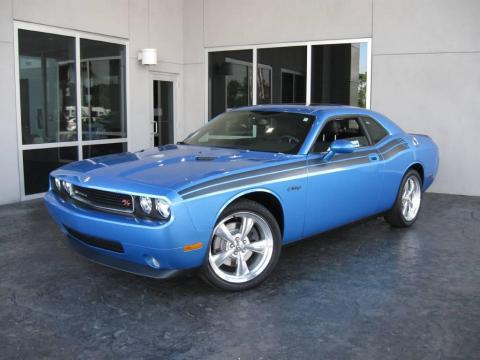Originally Posted By: BeanCounter
Originally Posted By: cchase
How does the Mustangs rear axle overcome the most fundamental shortcoming of a solid axle? Namely, that if one wheel goes up, the other must move down?
I can't answer specifics about the Mustang, but that is an incomplete concept about the rear axle.
A solid rear doesn't cycle from the dead center of the differential. It is very independent to the suspension setup. Leaf springs vs. coilovers (and their corresponding spring rates) are going to vary quite a bit.
If one side raises because of terrain, the result tends to be body roll to the opposite side ("correcting" the suspension angle discrepancy). A high quality suspension, complete with wide swaybars, can counteract a great deal of this. So, if the opposite side has no where to go down, what's the issue?
Solid axles may have varying degrees of advantages and disadvantages, but in turn so does IRS. Ever crested a hill and had the inertia lift the car further off the ground? What happens?
The a-arms both drop, throwing off camber and having the tires move laterally. Less traction is transferred to the ground, as a result. A solid rear doesn't have this problem, so it is give and takes for both of them.
In my honest opinion, you'd have to have some quite uneven ground to cause a fine-tuned solid setup to lose ground. IRS tends to be focused on ride and comfort, developed for passenger vehicles to remove the feel of the road. In a "go fast" situation, the feel of the road isn't necessarily a negative. Pushed to the their highest performance level, the driver is going to make more of a difference the majority of the time than the rear setups will.
I don't care for Ford, I only own GM, etc. etc. but I don't believe in this concept of a "comfort" oriented suspension being the end-all be-all of performance setups definitively. They both have their place and can both excel.
And IRS is under the back of my "go fast" car, so you can't claim conflict of interest here...
I just have a hard time coming up with advantages to a live rear axle other than that they are cheap and strong in a straight line. There are many examples of outdated technology that has been pushed the edge, that doesn't make it "better". Pushrod engines spring to mind immediately.
 Now, if I had the $ to seriously shop for a new car in that price range- well, it sure would be fun test driving Mustangs, Camaros, & Challengers!
Now, if I had the $ to seriously shop for a new car in that price range- well, it sure would be fun test driving Mustangs, Camaros, & Challengers!









